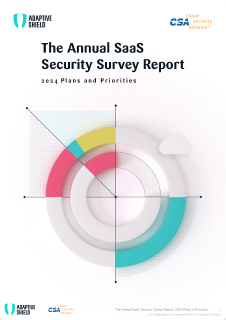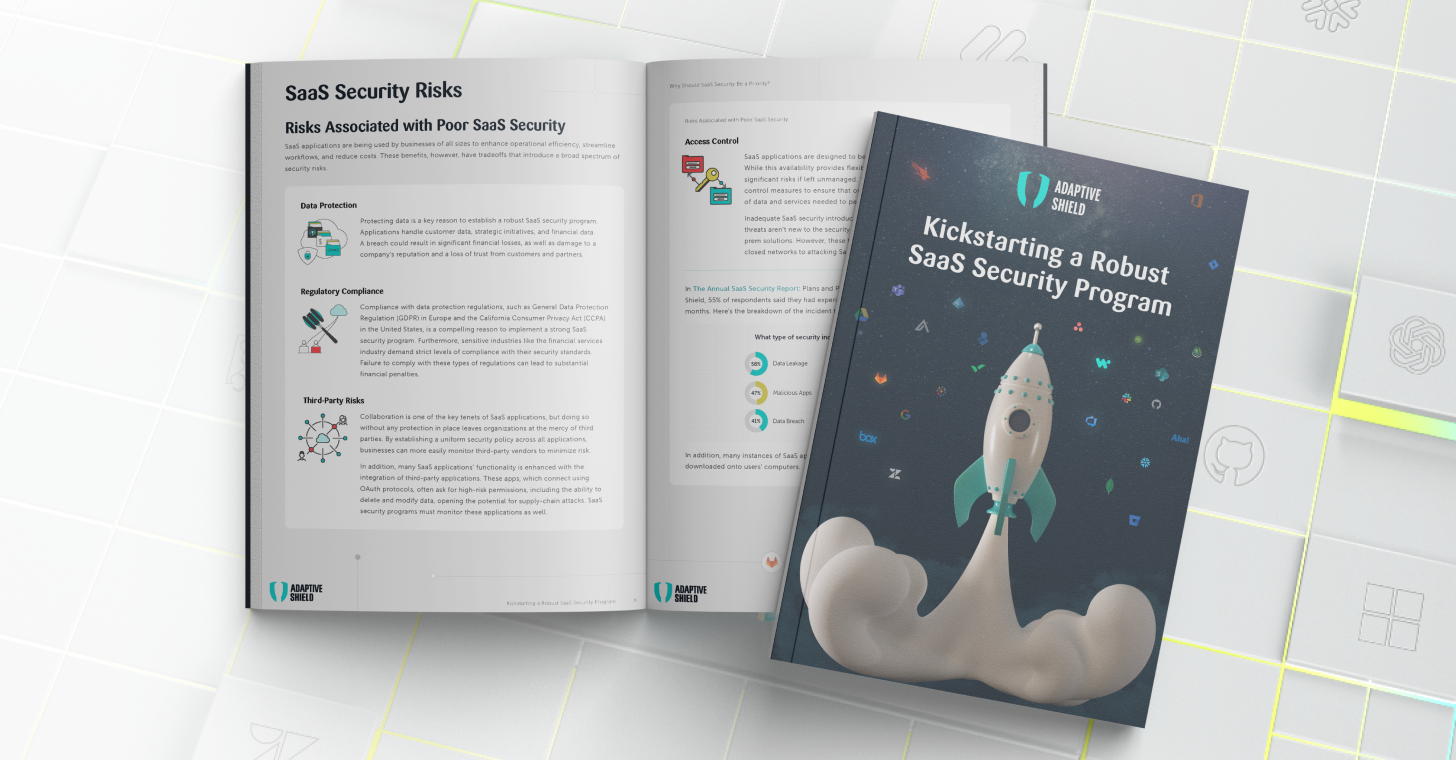NIST compliance refers to adherence to the standards and guidelines set forth by the National Institute of Standards and Technology (NIST), which is a non-regulatory agency of the United States Department of Commerce. NIST provides guidance, best practices, and standards for various areas, including information security, cybersecurity, and privacy.
In the context of cybersecurity, NIST has developed several publications that outline recommended practices and controls to help organizations enhance their security posture. The most notable publication is the NIST Special Publication 800-53, commonly referred to as NIST SP 800-53. This standard provides a comprehensive set of security and privacy controls that organizations can implement to protect their information systems and data.
While the NIST Cybersecurity Framework does not directly address SaaS security, its fundamental principles offer a versatile foundation for securing SaaS applications. Designed with a technology-agnostic perspective, the framework’s core functions—Identify, Protect, Detect, Respond, and Recover—can be effectively adapted to the realm of SaaS. By assessing the risks associated with SaaS adoption, implementing robust protection mechanisms, establishing vigilant monitoring, devising responsive incident protocols, and ensuring swift recovery strategies, organizations can leverage the NIST framework to bolster the security posture of their SaaS environments. In this way, the framework serves as a valuable guide for navigating the nuanced landscape of SaaS security and aligning it with overarching cybersecurity objectives.
NIST compliance involves aligning an organization’s security practices and controls with the requirements specified in NIST SP 800-53. This includes the following steps:
Identify: Understanding SaaS Risks
The first step in any effective cybersecurity strategy is identifying potential risks. For SaaS, this involves comprehending the complexity of SaaS security settings, users, and devices.
The NIST framework’s “Identify” function provides a blueprint for developing an in-depth understanding of a SaaS ecosystem. It encourages organizations to map out SaaS applications, assess vulnerabilities, and establish a governance structure to effectively manage usage.
Protect: Strengthening SaaS Defenses
Once SaaS risks are identified, the next logical step is to protect the organization against potential threats. NIST’s “Protect” function aligns seamlessly with this objective. Access controls and other SaaS security best practices are all paramount for safeguarding SaaS applications to keep organizations secured. Implementing these measures helps shield sensitive data from unauthorized access, ensuring that the advantages of SaaS are not compromised by security lapses.
Respond: Timely Reactions to Incidents
In the event of a security breach involving SaaS applications, an organized and efficient response is imperative. The “Respond” function of the NIST framework offers guidelines for formulating an effective incident response plan tailored to SaaS environments. Defining roles, responsibilities, communication channels, and escalation procedures can help organizations respond promptly and decisively to security incidents, minimizing damage and potential data loss.
Recover: Bouncing Back from Breaches
Even the most stringent security measures may not prevent all incidents. Thus, the “Recover” function becomes crucial in ensuring a swift return to normal operations after a security breach. For SaaS, this involves having robust backup and restoration procedures in place, enabling organizations to recover their data and systems efficiently while minimizing downtime.
NIST compliance is widely recognized and adopted, not only within the United States but also internationally. Many organizations, especially those operating in regulated industries or working with government agencies, strive to achieve NIST compliance to demonstrate their commitment to robust cybersecurity practices and protect sensitive information.
It’s important to note that NIST compliance is not a legal requirement, but it provides a framework and best practices that organizations can follow to enhance their security and meet industry standards.




















